Solving The Russian Problem
 Former NASA Boss: Russia Has US Space Program in ‘Hostage Situation’, ABC
Former NASA Boss: Russia Has US Space Program in ‘Hostage Situation’, ABC
“We’re in a hostage situation,” former NASA administrator Michael Griffin told ABC News. “Russia can decide that no more U.S. astronauts will launch to the International Space Station and that’s not a position that I want our nation to be in.” But there is a new sort of space race happening now to help reestablish U.S. autonomy. Three private companies — Boeing, Space-Ex and Sierra Nevada — are currently competing for billions of dollars in NASA funding to build the next ride to space for American astronauts.”
 Keith’s note: Funny thing: at least one of these commercial ventures will crews fly sooner than Mike Griffin’s Ares/Orion would ever have flown under even the most optimistic of scenarios.
Keith’s note: Funny thing: at least one of these commercial ventures will crews fly sooner than Mike Griffin’s Ares/Orion would ever have flown under even the most optimistic of scenarios.


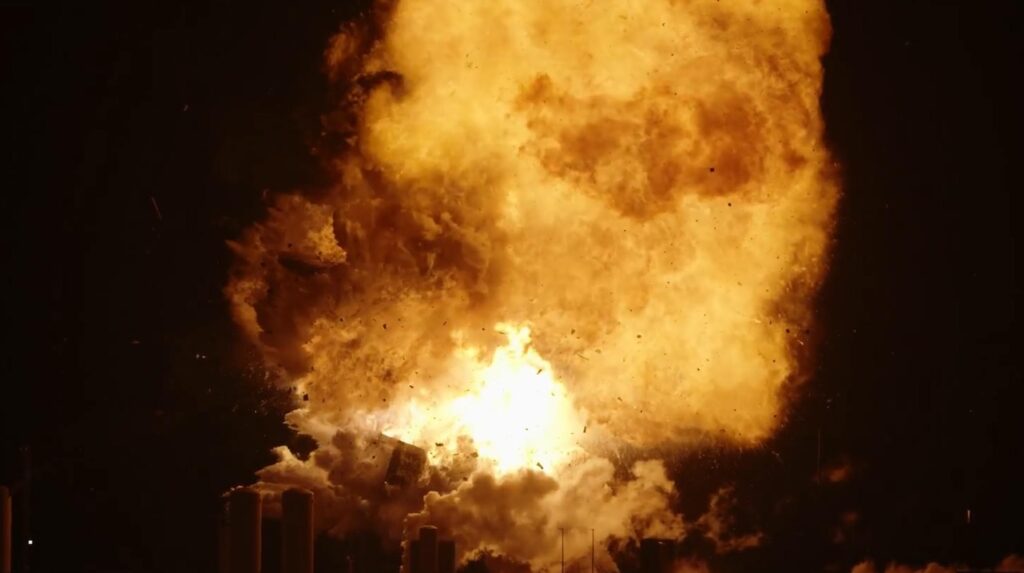
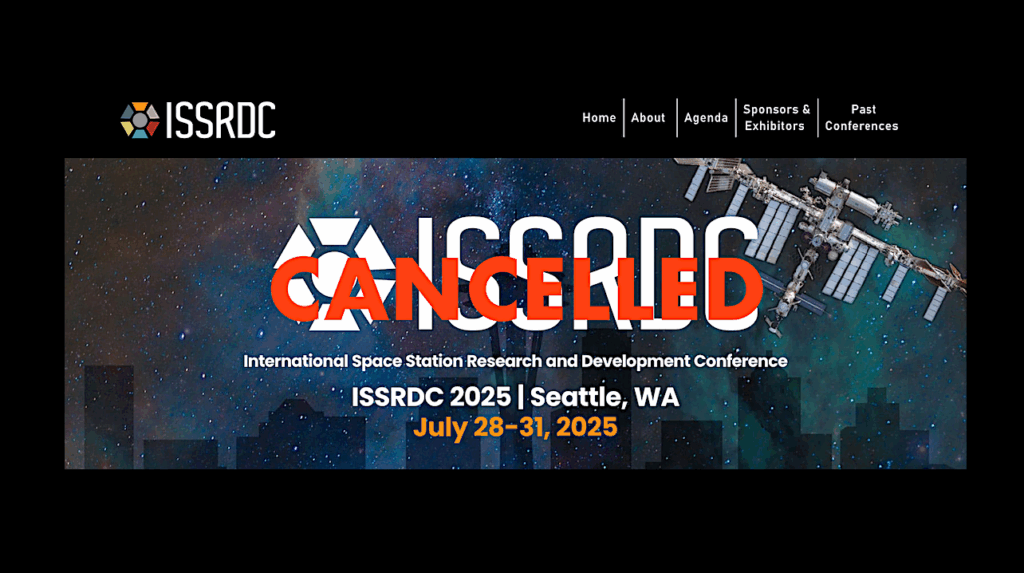
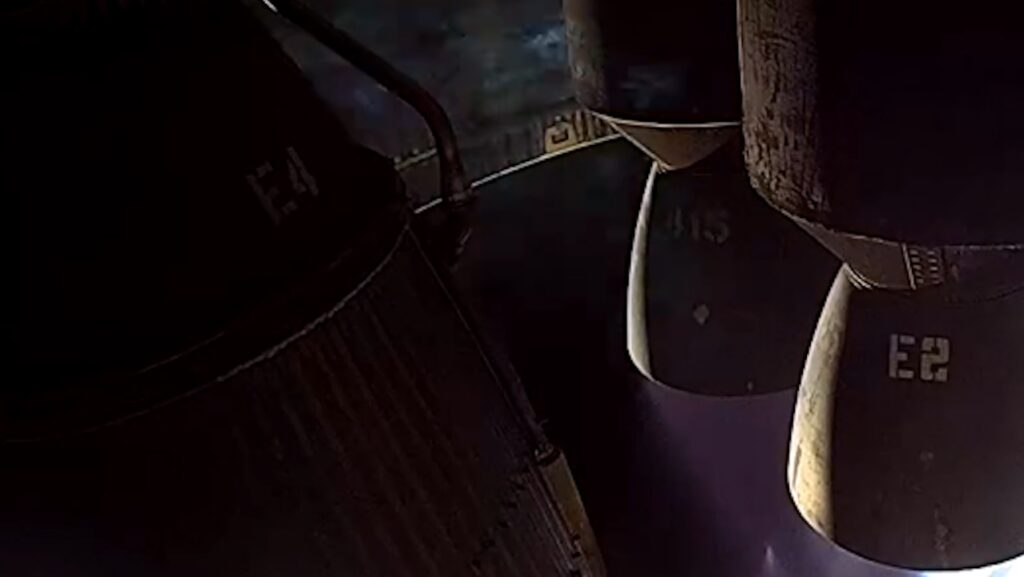
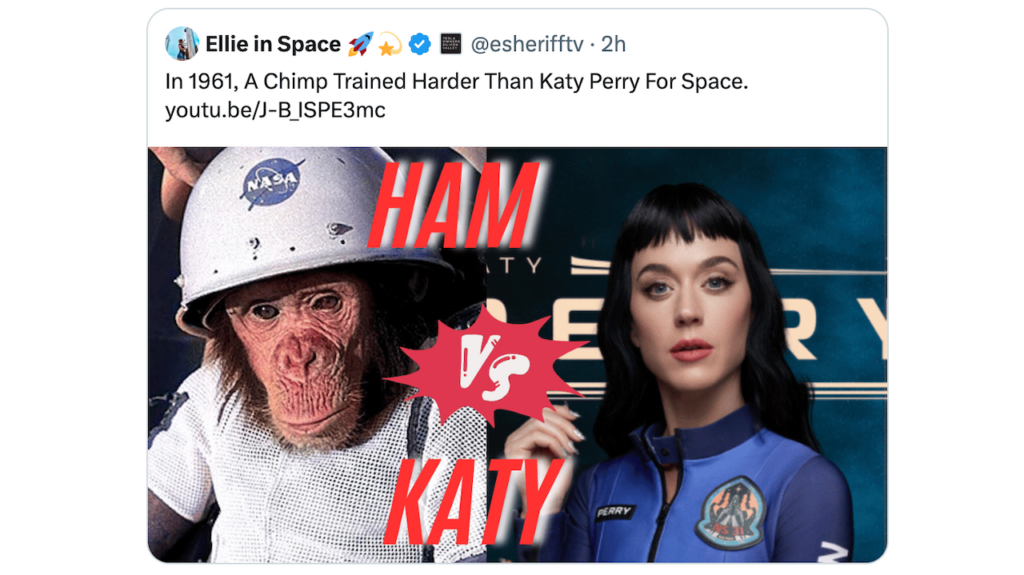
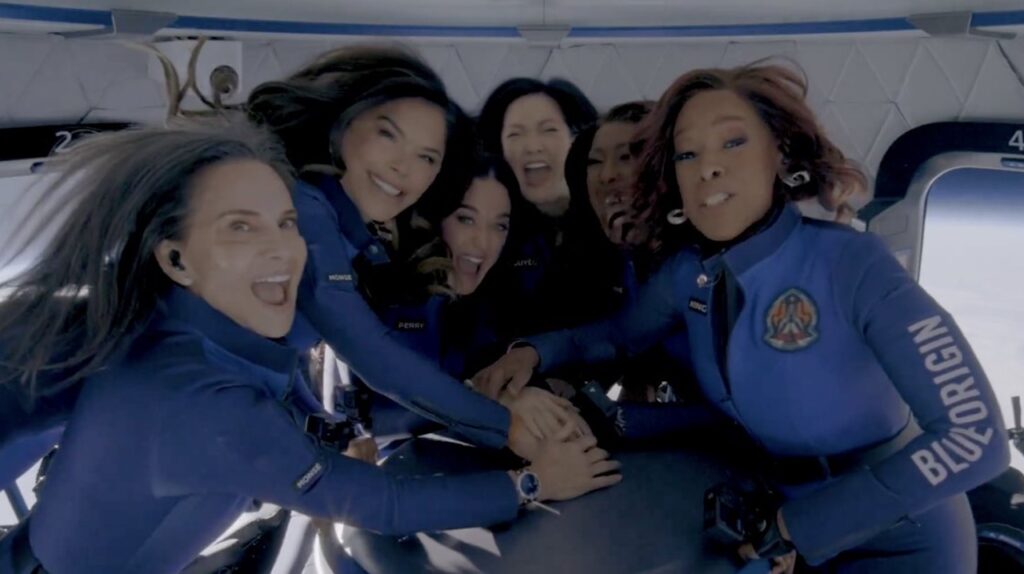
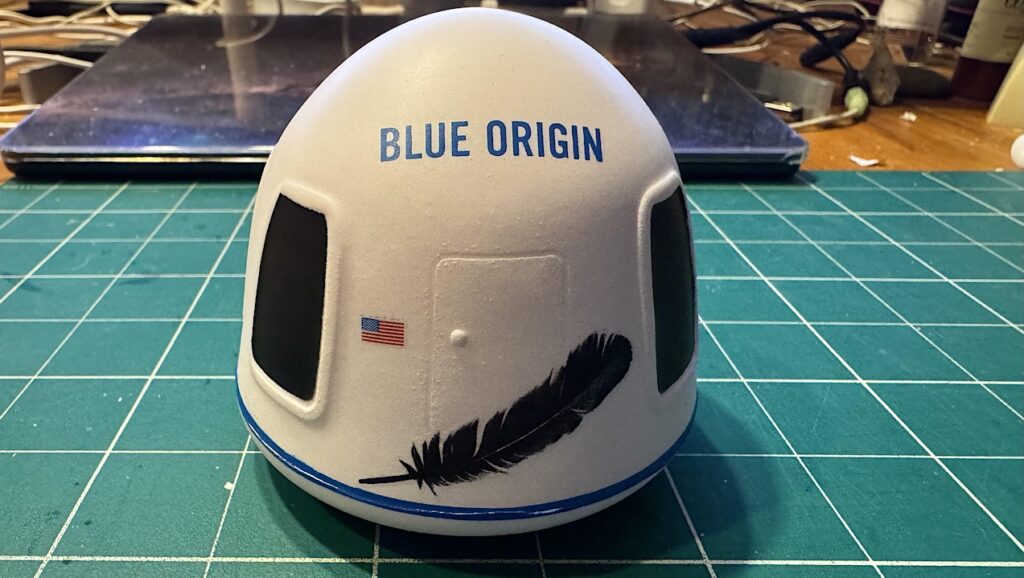

Hmmm, seems like Griffin is conveinetly forgetting that he was in charge of NASA when the Orbital Space Plane was cancelled and Constellation adopted. We may be “hostage” to Russia for space transport to ISS but lets not forget how we got there!
Good point! The CAIB said specifically that a shuttle replacement should be designed, like the OSP, which was actually illustrated in the report, solely to take people to and from LEO. They predicted that any more ambitious program would fail because the available resources would be insufficient. In many respects Commercial Crew has become the new OSP. When the announcement of the Shuttle cancellation came out I knew we were headed for disaster. When the ESAS came out I was aghast. When SLS/Orion came out I was hopeless. The agency could avoid these wrong turns if we had an open discussion of goals and strategies.
What is a Plan?
Who will write a plan Mr. Whitfield?
A moon base should have been the priority for NASA HSF in the aftermath of Constellation’s demise. But neither Obama nor Charlie B were keen and now we have this idiotic asteroid “plan” devised by Boeing and L-M as a way to justify their super expensive rocket/capsule. Can’t forsee much change after the 2016 presidential race either. Musk will still be milking the ISS contracts and launching a succession of satellites to pay for his Mars dream. We really are earth bound(!)
I think the rejection of a fixed Constellation-style “goal” was precisely to avoid a Constellation-style boondoggle. The “loony” faction at NASA were prone to the same everything-plus-the-kitchen-sink mentality as every other faction. (Did you see Altair?) I think Obama’s advisors wanted to wean NASA off the Apollo mythology. The “vision”, the big goal, the giant all-in program that will return us to the glory days, hallelujah! By instead focusing on small things, the incremental stepping stones that actually create an affordable space program, NASA could actually get to the big goals (Moon/Mars) much better than if a President sets a big goal directly.
Remember, Obama didn’t ask for SLS. And only left Orion in as a just-in-case compromise. The rest was commercial development (to lower the price of access) and research to recreate the “lost knowledge”, such as a program to develop a new generation large hydrocarbon rocket engine.
Essentially, Obama (or his advisors) were trying to roll back Constellation to the good parts of VSE (the idea of incremental outward development) but without the “big goal” that blinded so many people and led to the “big program” of Ares/Orion/Altair. (And which still blinds so many people.)
Bad decision making by NASA administrators and the weak leadership of U.S. presidents since 2005 have crippled NASA HSF for decades to come. It still appalls me how Griffin glibly rejected man-rating Delta 4 and making subtle upgrades to augment it into a super heavy lifter. A simplistic approach was needed with the obvious goal of establishing a base somewhere on the Moon. It could have led to so many possibilities for governmental and commercial entities across the globe – because unlike space stations a base cannot be dumped into the ocean! Instead NASA HSF is dead in the water. Sorry, but to argue otherwise is being in denial. Only SpaceX excites me with its architecture and long-term plans.
Hari
If NASA had a moon program/project I’m sure SpaceX would love to milk/ provide their affordable launch and tech. for that as well.
Spacex’s MCT will be big, I’m sure it could haul lots of stuff to the moon.
Where is the falcon heavy moon PLAN?
Sure would be nice for Spacex to shoot for his Mars dream on lunar launch profits?
Pass me the Milk
Remember that when they started on this ESAS path in 2005, 9 years ago, Orion was going to be in orbit within 5 years, and with crew in 2011. That was “safe, simple and soon.” Then, Griffin, a naive neophyte when it comes to spacecraft design and human space flight, tried to play politics by going with a capsule that was too large and too heavy and an SRB based booster, Ares I that wasn’t powerful enough. And instead of finding some experienced and capable engineers and managers, they put several people who had no experience and were going to learn on the job. They proceeded without defining the necessary requirements and without a sensible architecture. I am not sure they have learned anything yet.
There were other alternatives, chief among them, updating the original Apollo in order to get a vehicle flying as soon as possible and at the least expense possible.
As we are seeing there is not any certainty what the Orion capsule is ever going to be used for. We are as far away today from a manned Mars landing as we are from the Apollo moon landings. Orion was designed for moon missions and cannot do Mars missions without a significant modification. Right now moon missions are not in NASA’s plan. A throwaway capsule does not make much sense from an architecture or a cost standpoint and certainly not a throwaway capsule and rocket that is so expensive that we cannot afford to fly it more than once every year or two. The NASA human space flight managers have even said this is not safe. For safety, a cadence of no less than one a year is required, is what they have said.
What NASA is doing and why they are doing it has yet to be explained. They missed out on a replacement for Shuttle in a reasonable time frame. They are not designing the craft needed for Mars. They are not developing the rationale for the moon or even for asteroids. Griffin started NASA in the wrong direction 9 years ago and have not made changes designed to match any of their plans. So what if in about 10 years they use an Orion to repeat the Apollo 8 mission? Whats the point?
In short, the NASA program is hosed.
Thank goodness that Dragon, CST-100 and Dream Chaser are only another 3 or 4 years away from realization.
“What NASA is doing and why they are doing it has yet to be explained.”
NASA is doing exactly what Congress is telling it to do.
Not exactly. Your statement is an easy cop out that lots of the ‘leadership’ at NASA like to espouse now that they have screwed up over several years. I think you would find that many of the NASA rank and file disagree with your statement.
NASA comes up with (or is supposed to) come up with solutions that work and make sense. NASA, Lockheed and others had lots of other ideas prior to Orion. Many were not capsules. Griffin and his NASA compadres led the misdirected effort that resulted in Orion and Ares, and which was unworkable.
Congress endorses and provides funds. Sometimes when NASA fails to come forward with a plan Congress tries to invent its own (like SLS).
Funding for NASA has been relatively stable. One of Griffin’s and NASA’s big failures was developing an architecture and program that relied upon substantial additional funding that no one had ever indicated was going to be in the plan.
If there has been some small decease in funding in recent years its mainly because NASA has been failing to do what it has said it was going to do.
it’s not a “cop out” when it’s true. both the management and the “rank and file” at NASA would tell you the same thing.
NASA can only do what Congress mandates they do.
it’s the fault of Congress that they did not fund the programs they wanted at the levels that were required for them to succeed.
the more recent budget cuts to the NASA budget are also not the fault of NASA.
in case you’ve been paying utterly no attention whatsoever to the goings-on in Washington DC lately, the USA has been hamstrung by severely antagonistic partisan political gridlock for several years now. look up what “sequestration” is and how it applies to the actions of Congress (and specifically the budget of NASA) over the past few years.
Why was Griffin brought in and confirmed by the senate in the first place? The Vision for space Exploration called for no new rockets. ESPECIALLY no new medium class. It was going to be either competitively bid new or EELV;s. Griffin does the 60 day study and the VSE is tossed in the trash and the ESAS is born. With Griffin’s thumb on the scale EELV’s are ruled out and congress gets EXACTLY what they wanted .. endless cost plus, fixed fee, no bid, sole source, development contracts for their districts AND almost by magic the shuttle workforce is saved, It really doesn’t matter to congress that nothing actually got built from CONstellation program. THe jobs were saved, the no bid contracts to the usual suspects were voted and approved and the gravy train kept on driving.
What planet are you on where the shuttle workforce was saved?
Not sure exactly how many, but quite a few were saved.
The shuttle workforce cost 200 million a month… they are spending 160 – 220 million a month currently .. by esimates as NASA getting real numbers from NASA is like pulling teeth.
Drop by KSC or JSC some day. You’ll have no problem finding a parking place.
That’s because most of the old Shuttle workforce is in the Marshall Space Flight Center in Alabama! and currently hard at work on the SLS.
Do you just make this stuff up? I challenge you to back up your assertion that a significant amount of ex shuttle workers from JSC and KSC now work at MSFC.
many ex-shuttle workers were at MSFC to begin with. that’s where the SSMEs were worked on and the ET was built.
So you are backing down from your claim that the JSC and KSC parking lots are empty because the workers that used to work there are now at MSFC.
i never said that in the first place.
there was an awful lot of Shuttle-related work done at MSFC during the Shuttle era – the EDO pallet, Spacelab, SSME and External Tank, etc…. and many of those who worked on the Shuttle are still there now, except they are working on the SLS.
I’m betting many of the people let go at JSC and KSC were in operations and maintenance type jobs. The jobs which were “created” by Ares/SLS were more R&D and engineering jobs. Since the skills required aren’t exactly the same, I’d expect that there were a lot of displaced JSC and KSC workers who could not get re-hired to work on Ares/SLS.
Yes, i’m sure you’re right. Without a Shuttle to maintain, those Shuttle-specific jobs would have been lost.
http://en.wikipedia.org/wik…
What saved Shuttle workforce? I was unemployed with the quickness. So were a lot of other people. Some are still unemployed because, in the eyes of many, space operations isn’t a transferable skill.
Ares I and Ares V were a horrible transportation “architecture” from the start. That was not the fault of Congress.
Sure it was. They were the ones who mandated the use of Shuttle hardware and their contractors… A clean-sheet design would have been a much better option, but NASA has to work with what Congress gives them.
Ares V was NOT a Shuttle derived booster other than extended length SRBs.
NASA as part of the Administration proposes. Congress provides funding.
The NASA budget has been relatively stable. If NASA were seen to be effectively and efficiently spending its money, there would have been lots of support for maintaining its budget and not for any cuts. The cuts have been relatively small on a year-to-year basis. NASA spending has been out of control for most of the last two decades, with a smaller role in ISS that has cost many times the original projections and a Constellation that was completely untenable.
Shuttle derived would have made a lot of sense if it was established when Shuttle was still fully operational. Instead, Griffin decided to go with non-Shuttle derived, wasted 5 years, and long after most of the Shuttle workers were laid off and the supply lines shut down, SLS came back to try and re-establish them.
Waste of money, waste of talented workforce, no logic at all to the program.
You’re right, the Ares V became progressively less Shuttle-derived as its design was refined from 2006 to 2008. The final Ares V design was barely “Shuttle-derived” since it no longer used Space Shuttle four-segment SRBs, External Tanks, or Space Shuttle Main Engines. It would, however, have been built, tested, and launched using modified Space Shuttle facilities.
I agree that an in-line heavy lifter directly based on Shuttle hardware would have made a lot more sense if it were developed while the Shuttle was still operational.
Hey Mike, it’s your good ole buddy from Alabama whose holding NASA HSF in a “hostage situation”.
Why do we want to go to the ISS? Probably no one can name a single thing that justifies spending tons of $$ sending people there. It would help a lot if Russians cut us off and take full responsibility of the ISS. That move will probably save the US space science. How ironical.
There is a LOT of research happening on the ISS. probably any one thing isn’t going to be worth it (possible exception for the AMS), but taken all together, yes, it is.
http://en.wikipedia.org/wik…
If the Russians cut us off from the ISS, it would probably just be abandoned. Russia doesn’t have the financial resources to be the sole operator of the ISS.
Given the current political climate, cancelling the contract and letting them foot the entire bill gives them the choice of losing face by abandoning it, or paying the price and looking elsewhere for money.
mmm. i really don’t think that’s in anyone’s best interest, though.
If you look at the official Top 10 Research Results from ISS (http://www.nasa.gov/sites/d… ) it is an embarrassment. I can only hope that whoever put this list together is clueless, because if this is really what all that money resulted in, I say splash it now.
“if this is really what all that money resulted in”
No, it’s not. these are just one person’s list of the 10 most interesting / important things that are studied on the ISS. there are hundreds of other ongoing experiments being done on the ISS.
as i said before, any ONE of them is not going to justify the cost of the ISS. what is important is that ALL of them are being done.
You have to have a bathtub first before you can have that eureka moment, or netscape moment if you will.
The more people and experiments we can run in LEO the better before someone finally hits that eureka moment. For that we need a facility in space. We have one, it’s paid for, now lets work it till we have to splash it.
Another aspect is from middle school to high school to college and a Bach degree to Masters and finally a PHD. the experiments start small and simple and gradually progress. That same learning curve will have to be taught to scientists going to space. For some they will goto LEO and blow bubbles, start a flame burning etc etc etc …. a whole new system of experimentation that can ONLY be learned first hand WHILE in zero G.
We are still in middle school as far as the expeiments and science we have to conduct and train to a whole new cadre of scientists.
an excellent analogy! there is so much we know that we do not yet know, and even more that we do not know that we do not know!
That “one person” is NASA’s ISS Chief Scientist.
Indeed, it says so in the opening paragraph, lol… In the next, she says this:
“I struggled when J. D. Bartoe and the International Astronautical Federation (IAF) challenged me to share my top ten research results from the International Space Station to present at this year’s International Astronautical Congress (IAC) in Beijing, China. With so many notable investigations, it was hard to pare it down for this list.”
She is right, of course. All 10 things she lists are interesting and notable scientific investigations! And there are many more fascinating and important research projects being undertaken on the ISS right now as well 🙂
Did you read the whole thing? #4 is student outreach, which is no kind of science result at all.
I did read the whole thing. Education and outreach are an important, wouldn’t you agree? Inspiring 43 million of the future generation of scientists is hardly something to sneer at.
Encouraging the development of the next generation of scientists is vital to the success of space based research and science as a whole. There are several experiments running on the ISS that are related to research that is being done by students on the ground.
I totally agree with you on the point of educational benefits, but does any of the educational projects require something of the scale of ISS? Would things like cube-sats be just as effective educational tools but cost much much less?
you definitely have a point about the cost. the tremendous cost of the ISS is its biggest downside. however, having a place for humans to do research in space and being able to broadcast what they are doing to an institute of learning, I think, is very valuable – and isn’t something you can do with a cubesat.
on the other hand, say, for a university graduate course in a space science project, a cubesat is just about the perfect thing – relatively low cost to design and build, and is also a great learning experience.
i’d say both should have a place in education. both could certainly be cheaper, particularly the launch costs.
Once again you are wrong Hug Dug. This is the official list from the ISS Program and its chief scientist.
What is somewhat notable is that several of the listed ‘discoveries’ are not even discoveries of the ISS program. The osteoporosis research began with Apollo, Skylab and continued with Shuttle and Mir. Flame research began on Shuttle and Mir.
what am I wrong about?
this isn’t an “official” list in any sense of the word. it is just International Space Station Chief Scientist Julie Robinson’s picks for the top 10 research programs on the ISS. She specifically says there’s a lot more going on than just these 10 things.
again, these are HER picks. There are hundreds more research programs going on on the ISS!
Hug Doug is right – there is a lot of research going on but also ask yourself this – having spent tens of billions on ISS, so you really think that if we just dropped it into the ocean that Cogress or the White House would give NASA a dime for anything else? I can just hear them saying – Oh, so NOW you know what you should really be spending money on!
Microgravity and life science research have been, in my opinion, hyped a bit. The primary value of ISS is as a destination for reusable spacecraft and launch vehicles from every country, as a servicing station to refuel space tugs and probes going beyond LEO, and as a platform for remote sensing and astronomical observation. In other words, the things that were proposed back in the 70’s before landing on the Moon or Mars became the sole purpose of human spaceflight. And, yes, as a vacation spot for tourists, until a better one is available.
Why is orion and SLS done on a cost plus basis. Is not NASA the writers of the contracts. Why doesn’t NASA write milestone contracts for SLS like they do for the “commercial guys?
Couldn’t Bolden just take charge and do such things??
Congress wants what is best for their districts. FAR is more jobs, productivity and actually getting hardware is secondary to the no bid contracts gravy train running on time.
I understand that, but does NASA have the power to write the contracts the way they want? Does Bolden have that power if he had the guts to?
All those numbers are run through the back doors of congress through congressional staffers and all worked out in advance.
Other day Robert Zubrin gave a talk, he mentioned when he met Mike Griffin (I assume around 2005) and said to him that he has a great opportunity to get things going as NASA has support of the White House and both Senate and Congress. Zubrin also said in 2008 politics will change and that’s why Griffin should take action. Griffin replied he is not a leader but an administrator because he has constraints.
I cannot recall exact words Zubrin said but it was an interesting comment which suggests there’s a lot more going on in DC than what we read on the forums.
thanks
I recall Zubrin screaming about the large Size of Orion. I never really understood what that meant/ and why it seemed to be so critical?
Orion is too heavy. It was too heavy for its Ares booster. It is still too heavy for the size of its parachutes. There is no volume remaining to fit larger parachutes.
Because of this mass issue, they had to eliminate Ares 1 and find a replacement, they had to reduce crew size to no more than 2 to 4, they had to eliminate landing on dry land. This last one had the effect of making Orion non-reusable. That dramatically increased program costs. The high mass necessitated an expensive development program for a super sized launch abort system which further exacerbated the launch vehicle issue and which cost the programprogram a significant fraction of its resources during the first several years of development, slowing other aspects of development.
This issue was not something that ‘sprang up’; Constellation and Orionmanasgers were fully aware of the problems almost from the start, but instead of correcting for them, thought that so e kind of new inventions or future changes might help. For instance they were going to use a new lightweight heatshield that never materialized. Or the heat shield was going to be ejectable which drove up complexity. These were the kinds of problems you get yourself into when you have zero experience designing a space vehicle and little engineering acumen.
That pretty much describes the people in charge of the effort.
Thanks
With enough congressional support, there’s not much doubt that SpaceX could send manned flights to the ISS with 12 months. Maybe 9 months if they really pushed.
They’d need to put all hands on deck and move the test schedule up. All that would require some added funding. If anyone could do it, SpaceX could.
It would be a tough sell, because some would see this as damaging to SLS. It wouldn’t be, SLS isn’t due to launch a manned capsule until 2021. That doesn’t change the perception that advancing a cheap manned option might endanger the SLS cash bonanza.
It would be a tough sell because they haven’t conducted any flight tests yet of their Launch Abort Systems. Hopefully both tests will be completed by the end of this year. Perhaps they could launch a crew a year or so after that but with all of the reviews and test flights I doubt they could fly one until 2017.
They’d need to push the tests up, but they wouldn’t need a full year after that.
If the had the funding and were given top priority at the range, they could speed up the testing program.
After the testing, A CRS mission could be swapped out and replaced by a manned mission. It could steal the booster from a CRS.
It’s all about priorities. If NASA and Congress really want this to happen, it could happen.
The argument is that the Shuttle didn’t have a launch abort system and flew for over 25 years, so we can risk flying a couple of crew capsules without a LAS in order to preserve US access to ISS.
The idea then is, if you believe the US faces an emergency, to modify a Dragon cargo module with crude life-support and use that to fly astronauts to the station. It only needs two seats at first, just enough to guarantee continued US presence. Robot-arm berthing instead of docking, parachute splashdown instead of propulsive land.
The plan would be: The cargo capsule for the CRS-5 or -6 (or -6 and -7) would be subverted to become emergency crew capsules. Two or three jury-rigged seats would be installed, along with a crude short-duration life-support system, even if it means the astronauts spend the entire trip sealed in pressure suits, with individual portable air systems with manually replaced CO2 cannisters every 4 hours.
Assuming Russia hasn’t dropped the other shoe by late 2014, CRS-5 would be launched unmanned (with cargo) to test that the mods haven’t harmed the integrity of the capsule. That capsule would then remain on station, to fly the returning crew home if things get really bad with Russia. CRS-6 would then fly with two astronauts and whatever cargo can be wedged around them, and the current US crew (Swanson/Wiseman) would return on CRS-5.
By the time you need to replace the CRS-6 crew (say, Wilmore/Virts), say mid-2015, hopefully a better intermediate version of Dragon Crew would be running. Three or more seats, proper in-cabin life-support. Allowing you to alternate crews again in the current manner. And by 2016, you should be flying the full version: 7 crew, pusher-LAS, propulsive landing.
[If you need additional cargo, presumably NASA could authorise SpaceX to reuse a previously used capsule to replace the subverted CRS capsules.]
IMO, this is something that Congress should already be instructing/funding NASA to do, merely to ensure it exists as a back-up plan for the worst-case scenario; even if no astronauts actually need to fly that way. (Having the capability eliminates Russia’s ability to use the threat, so Russia wouldn’t risk embarrassing itself by making the (meaningless) threat. Therefore having the capacity eliminates the need for the capacity.)
Likewise, Congress should already be emergency-funding development of a replacement for the Zvezda propulsion module, in case Russia decides to remove its modules and go create its own station (with blackjack and hookers.)
(with blackjack and hookers.)? 🙁
They will get all the tourist business then.
“And that, Mr Speaker, is why I table HR-1337 – the American Space Hooker Act – to provide a working environment for American space hookers, to meet the growing menace of Russian space hookers, and to provide… jobs for decent hard working US astronauts.”
I — along with many others — thought Michael Griffin was a poor choice for NASA Administrator. I will point people to a rather long post on my blog about Griffin. I titled it An Interesting Side Comment by Michael Griffin. Yes, my posts are longer than most bloggers.